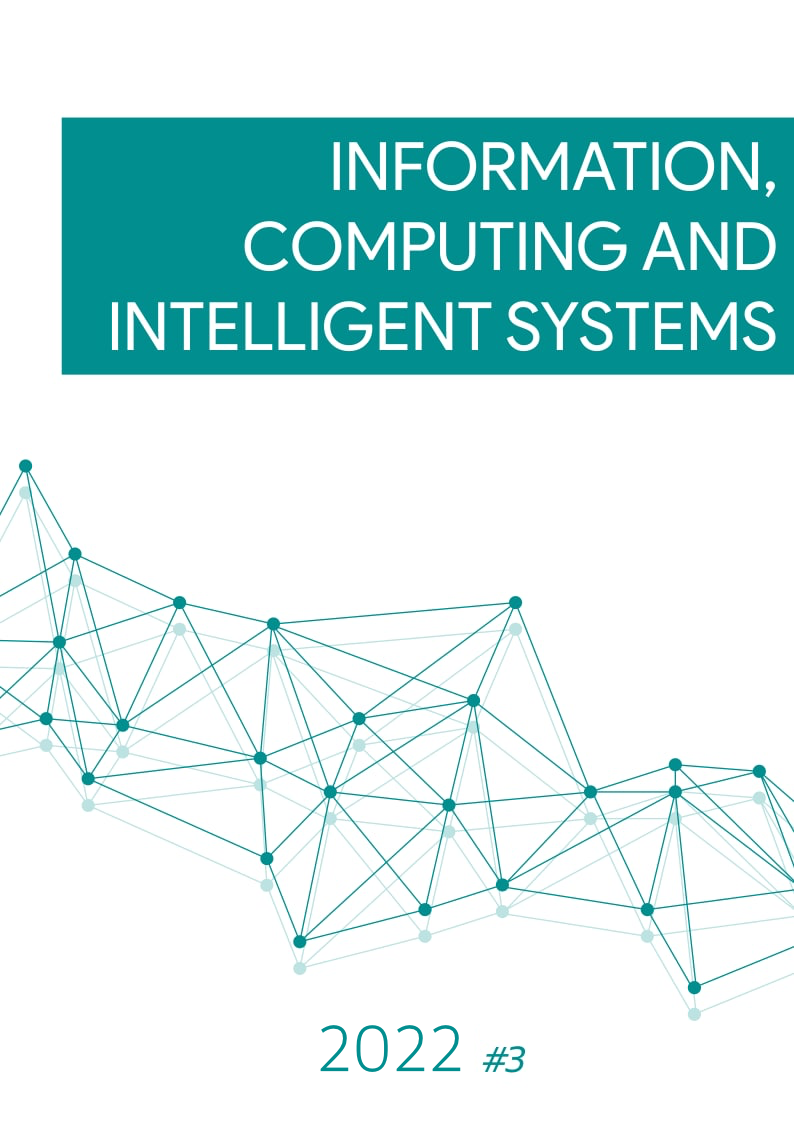FAST SECURE CALCULATION OF THE OPEN KEY CRYPTOGRAPHY PROCEDURES FOR IOT IN CLOUDS
DOI:
https://doi.org/10.20535/2708-4930.3.2022.265479Keywords:
Modular exponentiation, secure cloud computing, IoT security, RSA cryptosystemsAbstract
The object of the research described in the article is the process of protected implementation on remote computer systems of the basic operation of public key cryptography - modular exponentiation.
The aim of the study is to increase the speed of implementation of public key cryptographic data protection mechanisms on terminal microcontrollers of computer control systems in real time by organizing the secure execution of the basic operation of these mechanisms - modular exponentiation on remote computer systems.
To attain these aim the multiplicative-additive decomposition of the exponent code was used, which allowed to divide the calculation into two parts, the larger of which is performed on remote computer systems using cloud technologies, and the smaller one on the terminal microcontroller. At the same time, it is almost impossible to recover the secret components of the operation based on the data transmitted to the cloud on remote computer systems.
As a result of the conducted research, a method for accelerating the implementation of cryptographic data protection mechanisms on built-in IoT terminal microcontrollers, the basic operation of which is modular exponentiation of large-bit numbers, was theoretically justified and developed. The method is based on the use of remote computer systems to speed up calculations and provides protection against the reconstruction of secret keys of cryptosystems based on data transmitted to the cloud. The main difference of the proposed method is the use of a single mechanism for protecting the secret components of the operation in the form of a multiplicative decomposition of the exponent code.
Theoretically and experimentally, it has been proven that the method allows to speed up the execution of cryptographic data protection protocols in IoT by an average of 50 times while providing a level of security sufficient for most practical applications.




